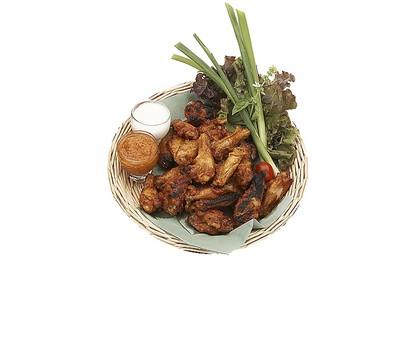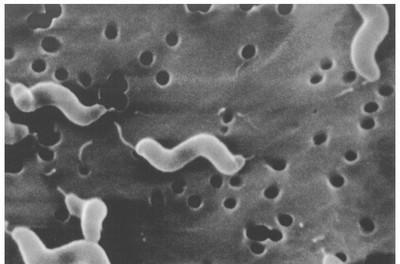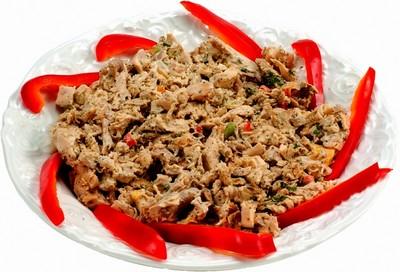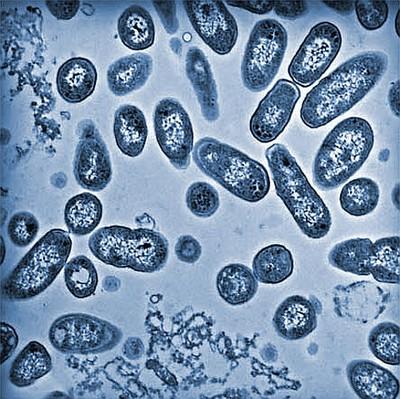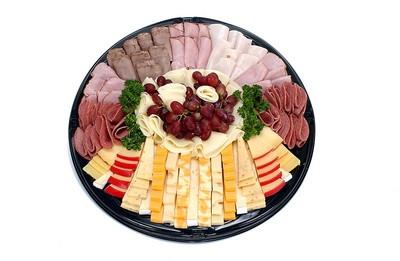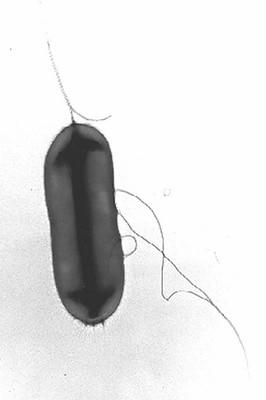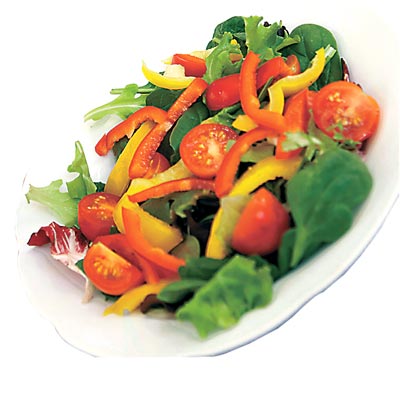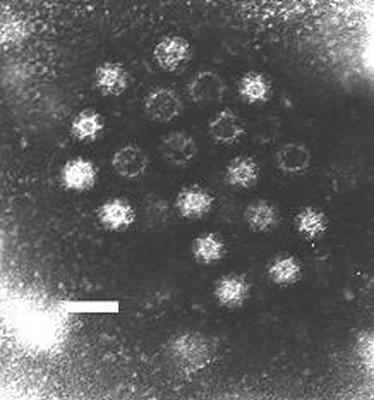WHAT’S EATING YOU?
Beware the double dippers.
Such vigilance is necessary if you want to survive the holiday party season with your lower intestine intact, warns dietitian Molly Michelman.
"They're everywhere and I promise you they're at your party," says Michelman, who's pretty grossed out by the idea of strangers sinking their germ-laden chips into the host's only bowl of shrimp dip. "Whatever it is you want to eat, be sure to be the first to get at it, then avoid it. It's a really good way to watch your weight."
The worst possible scenario is that food poisoning can kill you. At the very least, it will make a holiday memorable for all the wrong reasons, Michelman says.
The Centers for Disease Control estimates that 76 million people in the United States get sick every year from food poisoning. More than 300,000 are hospitalized, while 5,000 die each year from food-borne illness.
This is the time of year when we're encouraged to eat, drink and be merry at the office, at your aunt's house or even at your own. And that means a lot of food and a lot of different hands cooking the food.
"Just because you've got your kitchen organized for food safety doesn't mean everyone else does," Michelman says.
The No. 1 thing you can do to avoid it during this season of holiday eating? Wash your hands, says Steven Goode, environmental health manager for the Southern Nevada Health District.
Michelman goes one step further: She carries her own Handi Wipes and antibacterial gel and uses them liberally.
"People make fun of me all the time but I don't care, I'm not the one getting sick," she says.
There are all kinds of scenarios for food contamination: Raw meats could touch vegetables that are going onto the buffet table. Food could be undercooked, enabling bacteria to thrive. Someone with a cold could sneeze then grab a serving spoon without washing his hands.
"Cousin Suzie could change the baby's diaper, then cut vegetables without washing her hands," Michelman says. "A lot of people are sick around this time and they're preparing the food, blowing noses, rubbing eyes. A lot of people have good intentions but don't know basic food safety."
Any food left out at improper temperatures for more than two hours should be thrown out, says nutritionist Sue Lednicky, but people rarely follow that rule of thumb.
Hot foods kept in chafing dishes or on a hot plate are generally safe as are cold foods kept on ice, Lednicky says.
Michelman isn't a fan of dips, at least those served at parties. They tend to be a focal point of the dreaded double dipper and often have a sour cream or mayonnaise base. That's likely to harbor bacteria longer, she adds.
There's a danger zone, between 40 and 140 degrees, when bacteria thrive and multiply. Some foods may look done but if they're not cooked above 140 degrees, they could harbor bacteria such as salmonella or Campylobacter.
But, don't despair. As long as hosts and guests both practice good habits, the dangers of food-borne illness should be minimized, Lednicky and Michelman agree.
And you can always stick with the less risky foods, such as bread and raw vegetables. If you watched something come out of the oven, you're probably OK eating it, Michelman says, adding a caveat: "I could talk myself out of any of it."
Contact reporter Sonya Padgett at spadgett@reviewjournal.com or (702) 380-4564.
AS A GUEST Tips you can follow to keep yourself safe without insulting your host, according to food experts Molly Michelman and Sue Lednicky: If food is lukewarm and it's appropriate, reheat your own plate. Otherwise, don't eat it. Wash your hands frequently. When washing your hands, use the hottest water you can tolerate, as well as soap. Bring your own pack of disposable wipes. Gravitate toward any food sitting on a heating element or in ice. Choose foods you can reheat in the microwave. Avoid cream-based or dairy items. AS A HOST How to minimize the spread of germs and keep your food safe to eat, food experts say: Stock the guest bathroom with paper towels and pump soap. That way, 20 people aren't drying their hands on the same towel or using the same bar of soap, says dietitian Molly Michelman, who opens bathroom doors and turns on faucets with a paper towel in hand. You'll significantly cut down on spreading germs. Don't cross-contaminate food. Raw meat should be kept separately from other foods. Cutting boards can spread bacteria and other germs if they aren't washed between uses. Don't cut meat then turn around and cut vegetables, she says. Wash your hands. That should be the theme of any party, Michelman says. Put out small portions of food and replenish as necessary, says nutritionist Sue Lednicky. Serve foods with low risk, such as nuts, fruits, candies and raw vegetables. Occasionally wipe down surfaces in the kitchen and bathroom with disposable disinfectant wipes. AT THE PARTY Some foods are safer than others to eat at parties and buffets, according to food experts. As long as hot food is kept hot and cold food is kept cold, it's generally safe to eat. Foods that are generally safe: 1. Pretzels and chips 2. Nuts 3. Fruits with skin 4. Candies 5. Processed meats Foods to watch out for: 1. Dips with sour cream or mayonnaise bases. Left out too long, they can harbor bacteria 2. Lukewarm poultry or beef 3. Deviled eggs 4. Anything left out at room temperature for more than two hours 5. Seafood that's not kept at the proper temperature.



